Collaroy Beach loses 50 metres after Australia storm
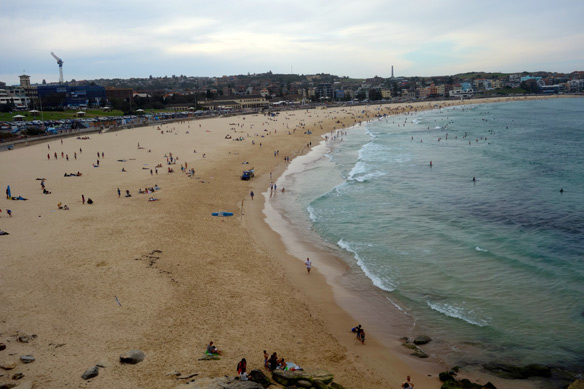
Sydney’s Collaroy Beach has narrowed by up to 50m following a massive storm that hit Australia’s east coast.
Louvre, Orsay museums close as Seine overflows in Paris
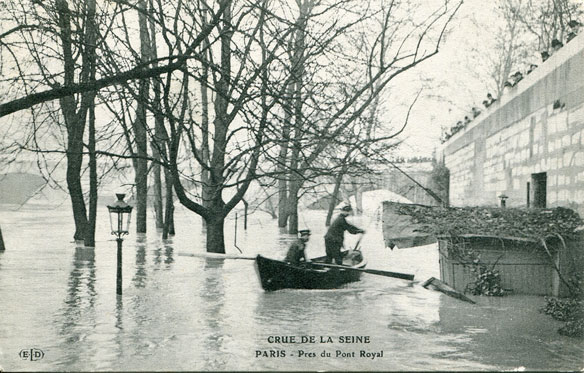
The rising waters of the Seine overflowed riverbanks, roads and rail tracks across Paris on Thursday, forcing authorities at the Louvre to do something they have not done in generations: hurriedly move precious artworks to higher ground.
Celebrate June as Oceans Month, USGS

June marks National Oceans Month, a month dedicated to recognizing the natural beauty and importance of Earth’s oceans and coasts.
Rio de Janeiro: A Changing City

In 1960, 5 million people lived in Rio de Janeiro. By 2015, the population had swollen to 12.2 million, making it Brazil’s second largest city.
11 Otherworldly Pictures of Abandoned WWII Bunkers

During World War II, German Nazis built concrete bunkers up and down the west coasts of Norway and France. These fortifications were known collectively as the Atlantic Wall, and it was this barrier that the Allies breached during the invasion of Normandy. Seventy years later, much of the Atlantic Wall still stands. See a photos gallery by Jonathan Andrew.
Scientists Improve Maps of Subsidence in New Orleans
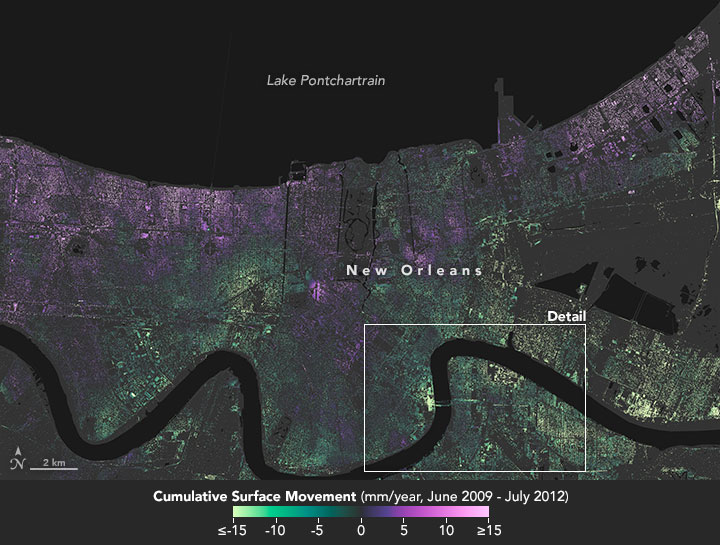
New Orleans and its surrounding areas continue to sink at highly variable rates due to a combination of natural geologic processes and human activity, according to a new study using NASA airborne radar.
Dr. Beach’s top 10 U.S. beaches for 2016

Hawaii took two of the top 10 spots in the annual rankings, but Florida had the most beaches listed with three. North Carolina, Massachusetts, California, New York and South Carolina each had one beach in the top 10.
Sudden shifts in the course of a river on a delta may be predicted
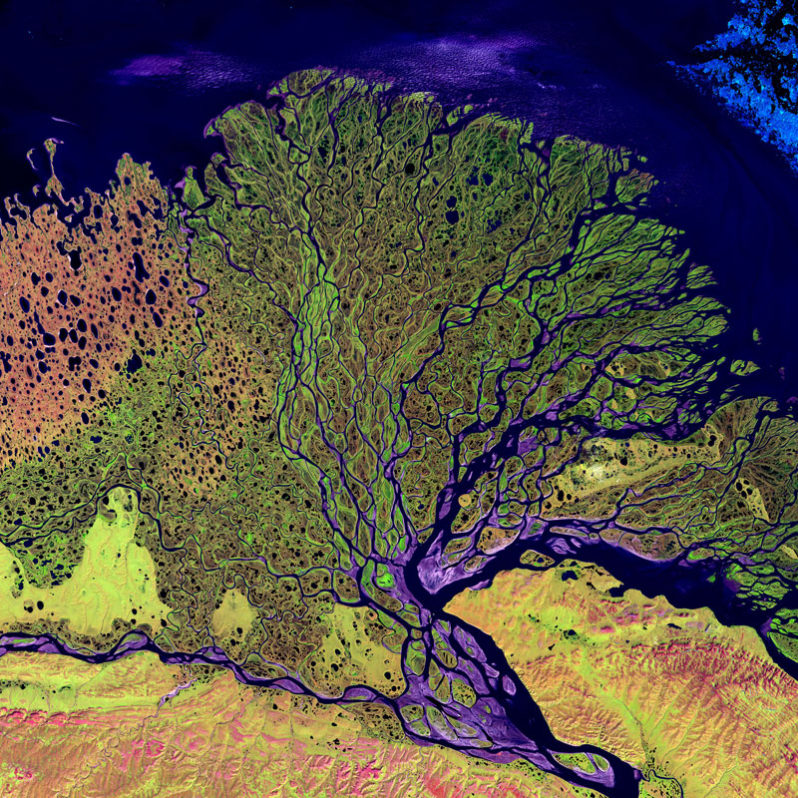
Scientists studying deltas show how they may be able to predict where destructive avulsions– where the flow of water through a delta changes its course – may occur. Many river delta systems are drowning because of rising sea levels. This could push avulsions farther upstream placing more and more communities in jeopardy, making an avulsion predicting tool even more vital.
Beach Erosion, Not Rain Was This El Niño’s Major Impact On West Coast
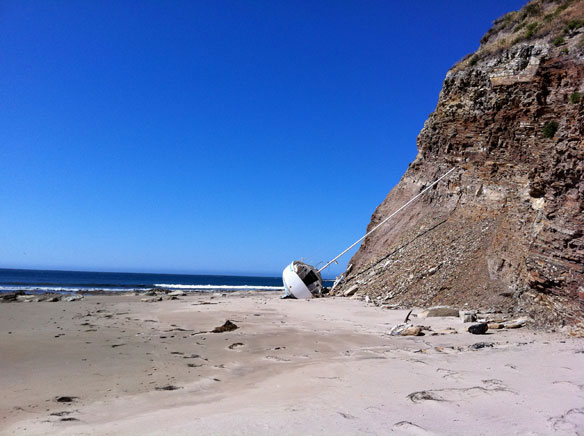
Research by Scripps Institution of Oceanography in San Diego California, has found that the 2015-16 El Niño caused major beach erosion and closed estuaries, even if it didn’t bring record rain.
